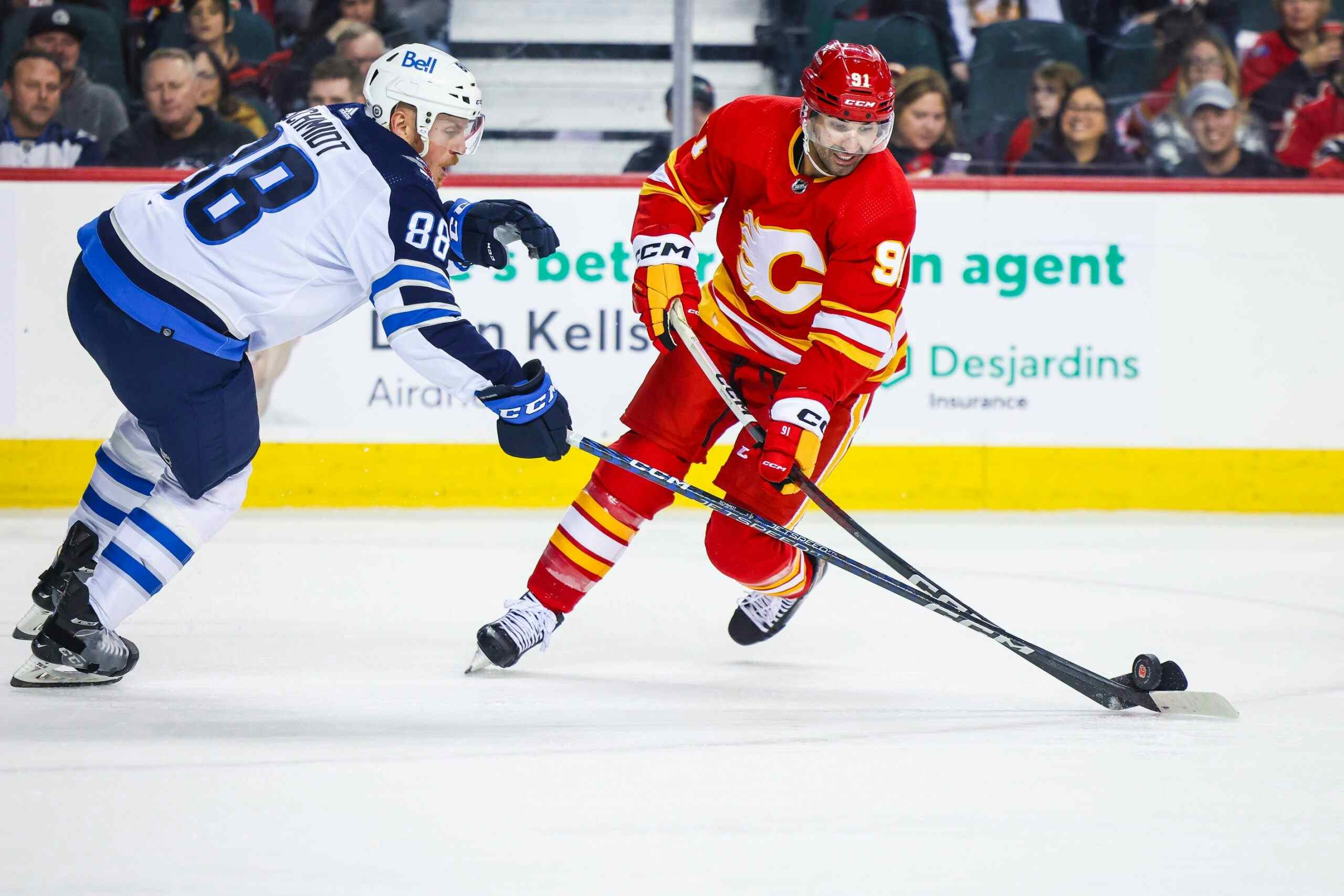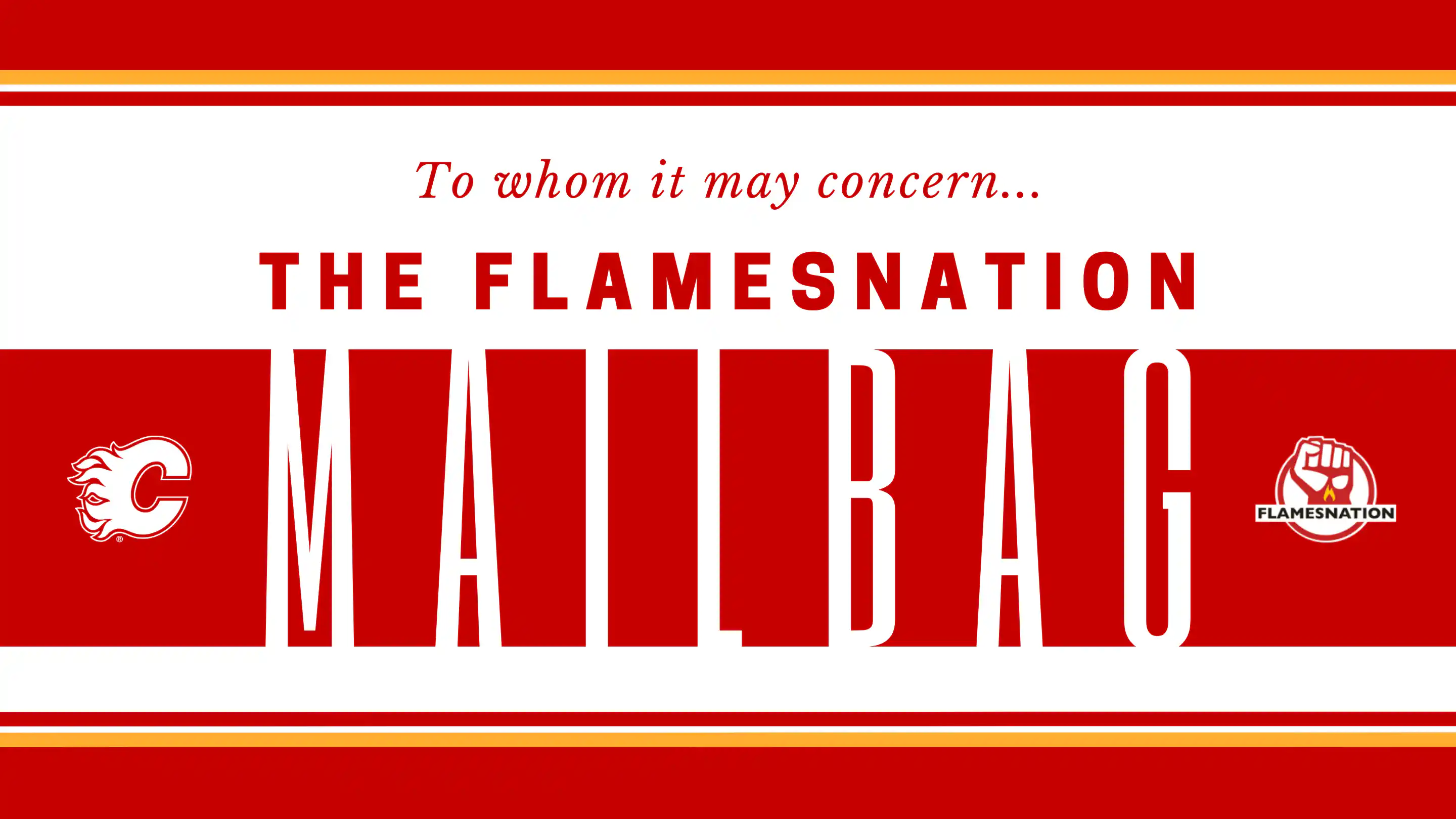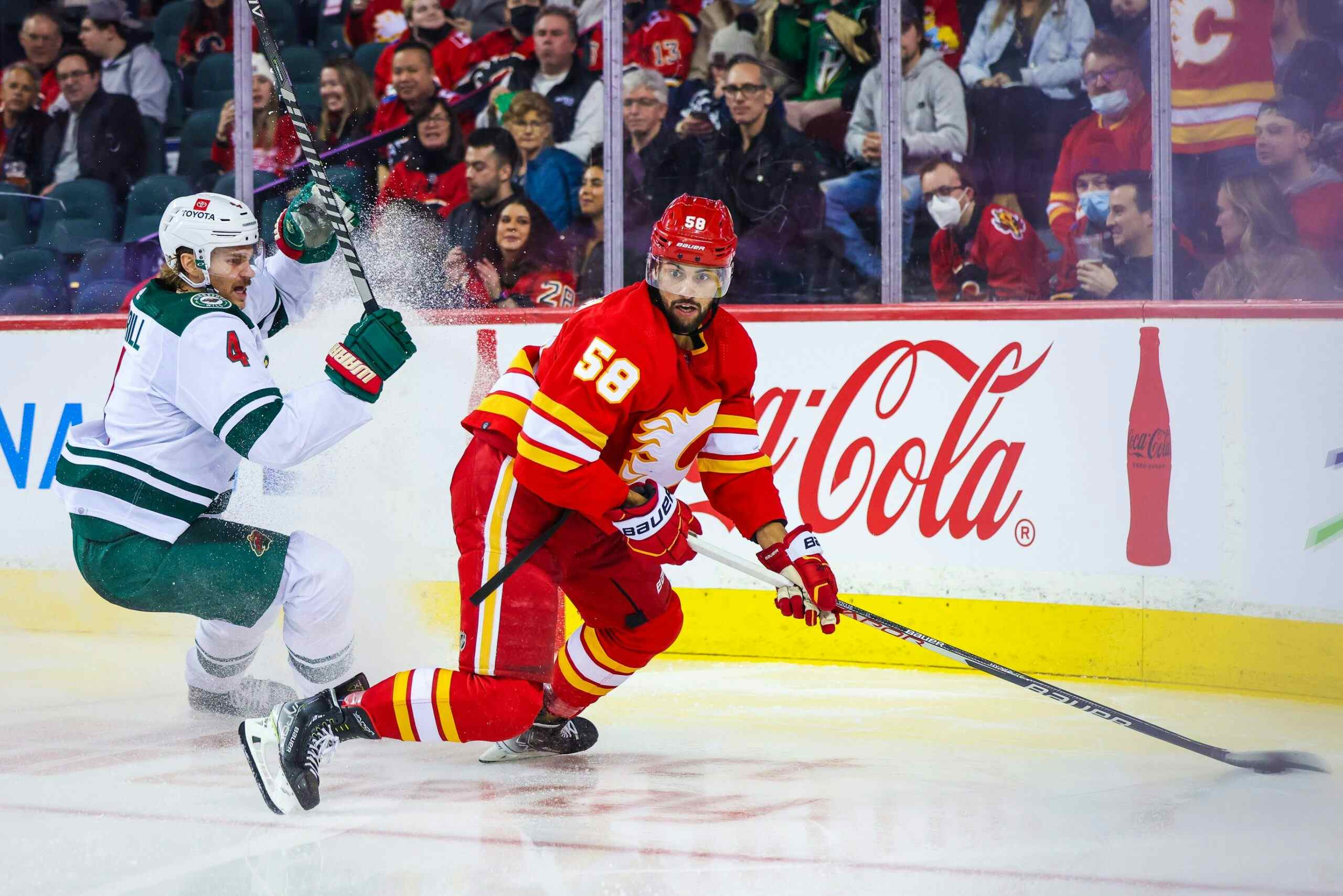Why Trading Iginla Was The Right Thing At The Right Time
By Ryan Pike
8 years agoMartin St. Louis retired this week.
I began writing something about him over the weekend, which led my thoughts to drift towards his exit from the Calgary Flames. In so many ways, St. Louis’ departure from Calgary came at the perfect time for him. He found an opportunity in Tampa Bay and was motivated to prove that the Flames made a dumb move in cutting him loose. The Flames obviously cut bait with St. Louis too early.
Thinking about him made me think about Jarome Iginla and his departure from the Flames. Some may think that the Flames held on too long with Iginla, but in retrospect, it may have been the absolute perfect time for it to happen. In so many ways, hockey is about taking advantage of chemistry and circumstances.
There are three specific things that come to mind when I think of Iginla’s departure and the positive impact it created that probably contributed to the momentum the Flames presently enjoy.
THE MONEY
Jarome Iginla was a player with a extensive track record. Part of that track record definitely factored into his financial compensation. In short: Jarome Iginla was paid like a high-end player of the day typically was, and brought with him a $7 million cap hit for much of his tenure with Calgary.
If he stayed in Calgary, there’s a good chance that sentimentality probably would’ve kept his cap hit higher than it would’ve probably deserved to given his presently level of offensive production. Tying up a bunch of money into a single player typically limits a team’s flexibility, particularly when the player is beginning the back-nine of the career – or is already well into it.
Getting rid of Iginla radically altered Calgary’s salary structure. Even when several individuals get raises next summer, you’re going to see a Flames club where the players making the big money are on the right side of 30 (and are the team’s biggest offensive weapons). The departure of Jarome Iginla made that realignment possible.
THE ATTACK
Speaking of realignments, here’s another massive one.
Let’s say you’re an NHL coach. You have an established 30-goal scorer on your line-up. It makes planning your offensive scheme easy. Almost too easy. Almost…predictable. Moreover, it encourages making one player the focal point of your attack, to the point where other options seemingly don’t even register on the radar. The Flames kept bringing in players in the same age cohort to bolster their attack and play with Iginla, like Mike Cammalleri and Alex Tanguay, while engaging in the never-ending game of “Let’s find the magical perfect center to play with Iginla.”
Ironically, as soon as Iginla left the team, they suddenly began to find depth up the middle – beginning with the drafting of Sean Monahan a few months after the trade. With no Iginla for the attack to revolve around, the team began exploring as many options as began available – including adopting an attack that brought defenders into the offensive end as a second rush, or even leading the initial rush. The result has been the most potent Flames offense in years, despite having little in the way of big-name, established, 30+ year old stars on the roster.
THE LOCKER ROOM
Trading Jarome Iginla completely changed the Flames locker room chemistry. Before the trade, the team had struggled for a couple seasons and the question was “When is the other shoe gonna drop?” Was someone getting fired? Traded? Something had to happen. There was a palpable tension in the room during media availabilities. Nobody joked around. It was a weird vibe.
Iginla got traded, and suddenly it seemed like a weight was lifted.
Not only did the proverbial “other shoe” finally drop, but from all accounts new leaders emerged in the room that hadn’t really been there before. Or that had, but hadn’t spoken up. When you enter a locker room or a workplace or any social setting with an established pecking order – where there’s a Hall of Famer sitting in the stall across from you – you naturally defer to them. And honestly, that’s not a criticism, it’s a fact. Jarome Iginla had accomplished enough in hockey that guys probably should defer to him in terms of leadership. But it does make it so that the main voice in the room is Iginla’s, and brands the group as “Iginla’s Team.” (Aside: it’s also why I take the Boston-based criticisms of Dougie Hamilton with a grain of salt; replace “Iginla” with “Chara,” and of course a 20-year-old wouldn’t speak up very much as a newcomer on a veteran team.)
Without an Iginla for the room to revolve around, you get all kinds of different things happening.
We now frequently hear that Sean Monahan is one of the main voices. Kris Russell is an alternate captain. Mikael Backlund is calling the Swedish prospects to welcome them to the team. Lance Bouma seems to be becoming a leader, as well. Bob Hartley now has a larger leadership contingent to rely upon during tough stretches, to the point where he’s joked that when the team is down after a period or two, he hardly needs to say anything to the team – they seemingly have a group in the locker room that does the talking instead.
The chemistry in Calgary has completely changed since Jarome Iginla left. And whether you use the word “identity” or “culture” or “mix” or whatever you want to call it, that change has been one of the key building blocks of the success the Flames have had on the ice. It’s not the only factor, but it definitely has had a big impact.
Only time will tell if Iginla’s departure from the Flames will be more successful for both parties as St. Louis’ was. Granted, only one of those parties ended up winning a Stanley Cup in the long run.
Recent articles from Ryan Pike





